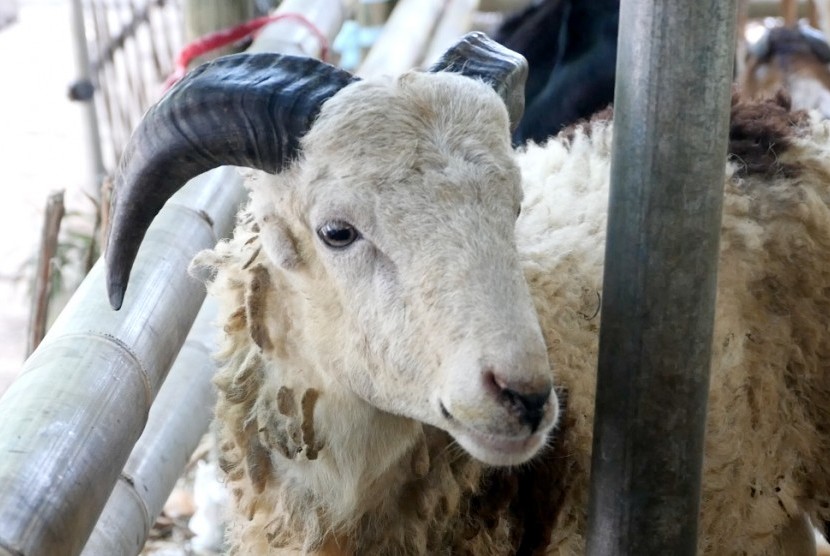REPUBLIKA.CO.ID, JAKARTA -- Director of the National Zakat Board (Baznas) Arifin Purwakananta said that economic potential of Indonesian Muslims from the sacrificial feast is enormous. He calculated the value from this program can be reach about Rp 60 trillion per year.
Arifin explained that Muslims population in Indonesia is currently estimated at 241 million. Some 137 million of them live in urban areas, while the remaining 104 million live in villages. Approximately 30 million Muslims living in urban areas are middle and upper economic class.
“If we take the average price of one goat is currently Rp 2 million, the multiplied by the number of middle-class Muslims in urban areas, we will get the figure of Rp 60 trillion. Surely this is a tremendous potential,” said Arifin told Republika.co.id, Tuesday (August 29).
Also read: Jimly Asshiddiqie calls on Muslims to boost economic capabilities
Neverthless, he said one of the problems that occur in Indonesia today is still unevenm distribution of animal sacrifices in the villages. "Ideally, of the total of Rp 60 trillion, for two-thirds or Rp 40 trillion should be shifted to the villages. That way, the people in the village can share the economy evenly, and the welfare of farmers can be realized,” he said.
Arifin explained, shifting the foreign exchange of the sacrifice here is not exactly meant to biy sacrificial animals from the ranchers in the village. But it also distributes its sacrificial meat to the local people. "So the idea is that the urban Muslim community buys the goats from the ranchers in the village, cuts the goats in the village, and distributes the sacrificial animals to the village. Do not everything cut in the city,” Arifin said.
He added that every time the sacrificial season comes, the group who always benefited so far is the middlemen livestock livens. Meanwhile the ranchres in the village tend to be just spectators.


